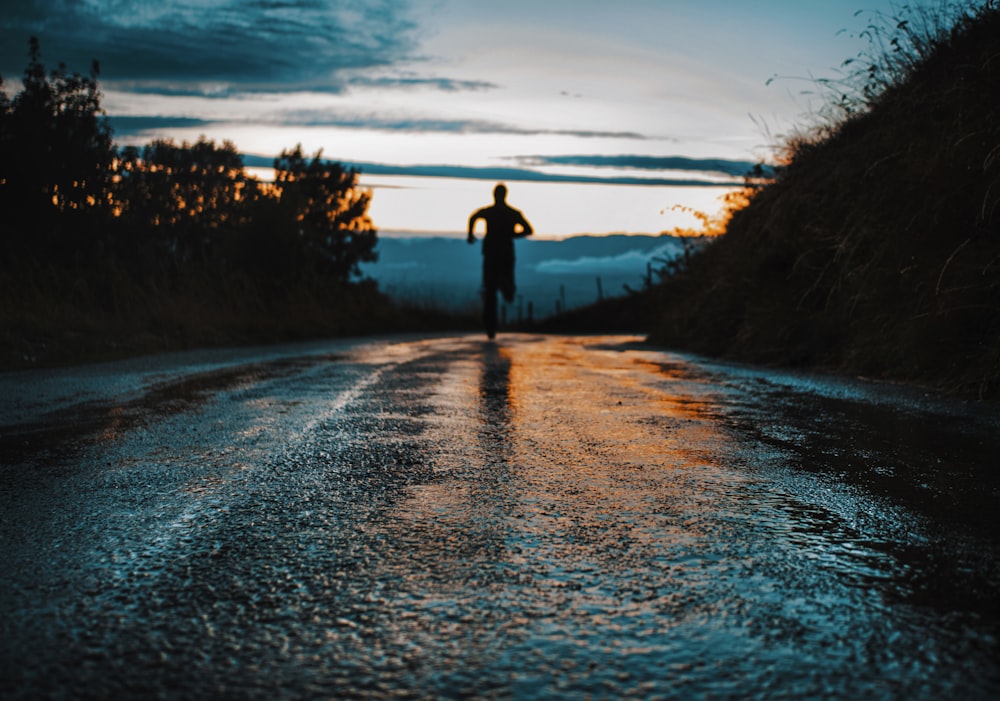目次
裸足で走るのって足にとってどうなの?
私が子供のころには運動会のと競争なんかは裸足で走る学生が多かったと思います.
最近は裸足で走る学生ってあまり見かけなくなった印象ですが,裸足で走るのってそもそもバイオメカニクスの観点から見たらどうなのでしょうか?
理学療法士・作業療法士であれば家族に裸足で走るのが足に良いか悪いかきちんと回答したいですよね.
今回は裸足でのランニングがランニングバイオメカニクスに及ぼす影響を明らかにした論文をご紹介させていただきます.

今回ご紹介する論文
Gait & PostureVolume 83, January 2021, Pages 9-14 Gait & Posture
Full length article
Long-term effects of school barefoot running program on sprinting biomechanics in children: A case-control study
Author links open overlay panelJunMizushimaaJustin W.L.KeoghbcdeKeiMaedafAtsushiShibataaJunKanekogKeigoOhyama-ByunhMitsugiOgatah
今回ご紹介する論文は2021年掲載予定の新しい論文です.
研究の背景
The acute changes of running biomechanics in habitually shod children when running barefoot have been demonstrated. However, the long-term effects of barefoot running on sprinting biomechanics in children is not well understood.
習慣的に靴を履いている子供の裸足走行時のランニングバイオメカニクスの即時的な変化についてはこれまでも検証されてきました.
しかしながら裸足でのランニングが子供のスプリントバイオメカニクスに及ぼす長期的な影響はについては不明であります.
研究疑問
How does four years of participation in a daily school barefoot running program influence sprint biomechanics and stretch-shortening cycle jump ability in children?
学校における毎日の裸足ランニングプログラムへの4年間の参加が,子供のスプリントバイオメカニクスとストレッチショートニングサイクルジャンプ能力にどのような影響を与えるのか?
研究の方法
One hundred and one children from barefoot education school (age, 11.2 ± 0.7 years-old) and 93 children from a control school (age, 11.1 ± 0.7 years-old) performed 50 m maximal shod and barefoot sprints and counter movement jump and five repeated-rebound jumping. To analyse sprint kinematics, a high-speed camera (240 fps) was used. In addition, foot strike patterns were evaluated by using three high-speed cameras (300 fps). Jump heights for both jump types and the contact times for the rebound jump were measured using a contact mat system. Two-way mixed ANOVA was used to examine the effect of school factor (barefoot education school vs control school) and footwear factor (barefoot vs shod) on the sprinting biomechanics.
裸足ランニングプログラムを行う児童100例(年齢11.2±0.7歳)と対照群の児童93例(年齢11.1±0.7歳)を対象としております.
最大50mの裸足スプリントとカウンタージャンプ,5回のリバウンドジャンプを実施しております.
スプリント運動学の解析には,高速度カメラ(240fps)を使用しております.
さらに3台の高速度カメラ(300fps)を使用して,foot strikeパターンを評価しております.
両脚跳躍におけるジャンプ高とリバウンドジャンプの接触時間をコンタクトマットシステムを用いて測定しております.
スプリントのバイオメカニクスに対する学校因子(裸足教育群と対照群)と履物因子(裸足と靴)の影響を調べるために,②元配置分散分析を用いております.
研究の結果
Sprinting biomechanics in barefoot education school children was characterised by significantly shorter contact times (p = 0.003) and longer flight times (p = 0.005) compared to control school children regardless of footwear condition. In shod sprinting, a greater proportion of barefoot education school children sprinted with a fore-foot or mid-foot strike compared to control school children (p < 0.001). Barefoot education school children also had a significantly higher rebound jump height (p = 0.002) and shorter contact time than control school children (p = 0.001).
裸足教育群のスプリントバイオメカニクスは,履物の状態にかかわらず,対照群と比較して接触時間が有意に短く(p = 0.003),跳躍時間が長い(p = 0.005)結果でありました.
裸足でのスプリントでは,裸足教育群は対照群に比較して,前足または中足でスプリントを行った割合が高い結果(p < 0.001)でありました.
また裸足教育群では対照群に比較してリバウンドジャンプの高さが有意に高く(p = 0.002),接触時間が短い(p = 0.001)結果でありました.
研究の意義
The results suggest that school-based barefoot running programs may improve aspects of sprint biomechanics and develop the fast stretch-shortening cycle ability in children. In order to confirm this viewpoint, adequately powered randomised controlled trials should be conducted.
この研究結果から学校を拠点とした裸足でのランニングプログラムは,スプリントバイオメカニクスの側面を改善し,子供の高速ストレッチショートニングサイクル能力を発達させる可能性があることが示唆されました.
今回は裸足でのランニングがランニングバイオメカニクスに及ぼす影響を明らかにした論文をご紹介させていただきました.
今回の結果というのは非常に興味深いですね.
裸足でのランニングというのが前足部・中足部でのスプリントの割合を増やしたといった点は特に注目すべき点ですね.
外傷やスポーツ障害予防の面からはシューズの装着が勧められるのかもしれませんが,われわれが幼少期に裸足でトレーニングを行ったことにもそれなりの意味があるのかもしれませんね.
ただ今回の結果から考えると普段シューズを履いてトレーニングしている子供が徒競争の時だけ裸足で走るというのはナンセンスかもしれませんね.







コメント